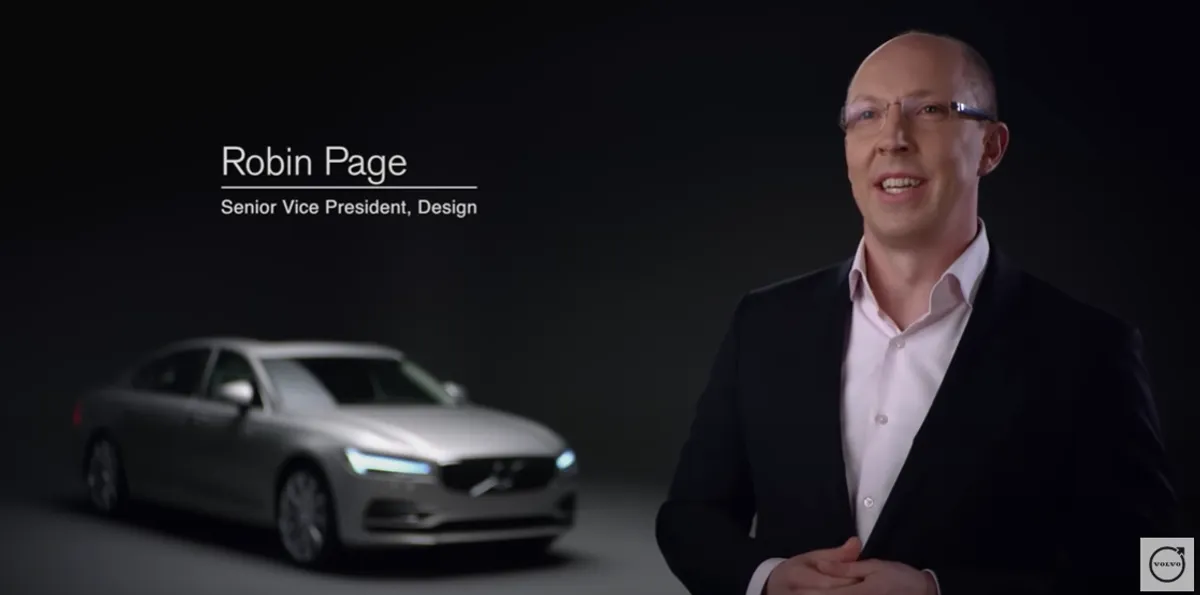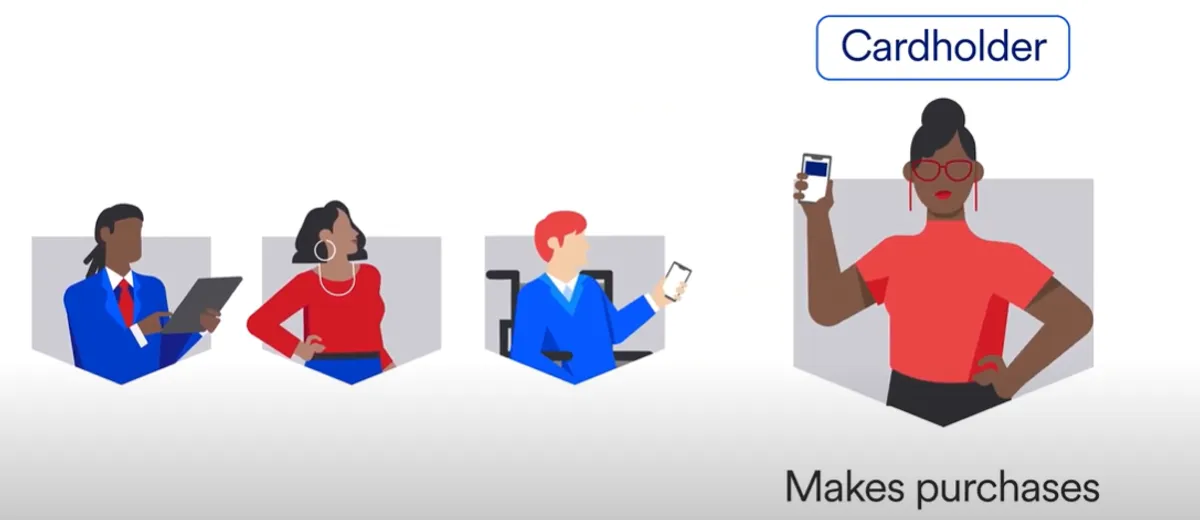At the moment, video ads are on the rise. 54% of customers prefer to watch more video content from brands they support. Meanwhile, 66% of customers choose video content over text when they want to find out about a brand or product.
In response to this trend, over 80% of businesses have already implemented their video advertising strategy, and about 96% of marketers have engaged in video advertising.
However, understanding video advertising trends is a crucial element of success. This guide is here to provide you with insights on both current and future tendencies, so keep reading to learn more.
Key Takeaways
Programmatic video advertising is growing rapidly, with short-form, mobile, and CTV video formats driving higher engagement, brand recall, and click-through rates compared to static ads.
Top trends include CTV adoption, mobile-first short videos, native and in-stream placements, contextual targeting, and AI-powered personalization – all enhancing ad relevance and performance.
Emerging formats like shoppable videos, 360-degree ads, AR/VR integrations, and interactive experiences help brands deliver immersive journeys and boost direct conversions.
Key metrics for measuring success include viewability, completion rate, engagement rate, CTR, and skip rate, each offering insight into creative effectiveness and audience alignment.
Attekmi enables smooth video ad delivery via VAST, supporting VAST-to-VAST, VAST-to-RTB, and VAST to All, which makes it easier for partners to scale programmatic video campaigns efficiently.
What is video advertising?
Video advertising is the process of displaying promotional content in the form of video. This format has been around for a long time, since the early days of television and media houses. But over the years, video ads have migrated from just television broadcasts to other digital channels, giving rise to digital video advertising trends. With the growth of technologies, creating more sophisticated and engaging video advertisement content for digital landscapes such as CTV and mobile has become even easier.
Key reasons why video ads are getting more popular
Video ads play a major role in brand loyalty and product patronage. Thus, over 80% of people say that they have been convinced to make a purchase by watching a brand’s video.
According to Demand Sage, 84% of marketers claim that video has assisted them in generating leads. A further 85% of marketers admitted that video is an excellent way to gain consumers’ attention online. Video advertising remains the most common way people discover and patronize a brand.
According to a Harvard Business Review publication, advertising content needs to engage and persuade its audience before converting. While other forms of advertisement are competent at persuading, video ads do great at engaging as well as persuading. People naturally tend to respond better to visuals than texts or audio.
Video advertisements engage better
MediaMind research found that people are 27.4 times more likely to respond to an online video ad than standard banners. One of the primary reasons for this is that videos combine two elements that pique viewers’ interest: movement and sound. These elements are captivating, hence spurring the instincts of viewers to engage.
Other research has posited that, on average, people recall over 90% of a message when they watch it, as opposed to 10% if it’s in text format. Besides, approximately 80% of customers can recall a video they saw as recently as a month ago. This cannot be said for other forms of conveying advertisements.
Video ads generate more CTR
It is noted that video ads generate more clicks than other ad formats. The CTR of video ads in mobile apps is 7.5 times higher than that of display ads.
People get interested when they see relatable or exciting videos. They are more willing to click the CTA and learn more about the product if the message is captivating enough to draw their attention and raise their interest.
So, what are the trends of programmatic video ads?
Top 5 programmatic video advertising trends
Let’s review a range of video ad trends that advertisers should be aware of to remain competitive.
Connected TV (CTV) advertising
As a HubSpot report states, people consume video for different purposes, mainly to escape from daily problems and routine tasks, have fun, and unwind. Moreover, nowadays, viewers don’t need to go to the cinema or wait for their favorite show or sitcom on linear TV, as they did not long ago.
Connected to the Internet, smart TVs have turned traditional video consumption into binge-watching. In 2024, US adults spent 2 hours and 15 minutes per day with CTV devices, which became an 8.3% increase from the previous year.
Another report states that video consumption on CTV accounts for one-fourth of the total time spent in the digital ecosystem. Moreover, 47% of consumers across developed markets choose to watch ad-supported streaming services.
If CTV isn’t one of the advertising channels of your marketing strategy yet, it’s time to thoroughly think about it so as not to miss ample opportunities in this space. The future of programmatic video advertising partially belongs to CTV because of its granular targeting power and dynamic ad insertion that allows for adjusting ad campaigns on the go.
Take a look at the example of a CTV ad from Volvo.

Data-driven targeting and personalization at the top of programmatic video advertising trends
Data-driven targeting and personalization are the latest trends of programmatic video advertising. These two components are powerful tools that give the ad campaigns a competitive edge and drive sales. Data-powered targeting takes digital advertising to the next level by providing unique customer interactions with products.
Leveraging information about users (be it their online behavior or demographics), companies and brands can easily find the most receptive audience likely to respond to their messages in video ads and eliminate the waste of ad budget. According to McKinsey, personalization increases marketing ROI by 10 to 30%.
71% of consumers expect companies to deliver personalized interactions that can hardly be implemented without data-powered incentives. Viewers are more likely to engage when they encounter content that resonates with their interests.
As for businesses, 80% single out the positive impact of personalized ads, which led to increased consumer spending. Another 62% of respondents claim that personalization in advertising enhances retention.
AI algorithms adjust ad displays to the users’ interests and previous interactions so beauty geeks are less likely to see ads relevant to sports enthusiasts, and vice versa.
Therefore, data-driven personalization factors in improved click-through rates, longer time to view, and increased brand affinity that turn video advertising from bothersome into engaging experiences.
Mobile video advertising
Mobile marketing is among the most significant video advertising trends. As IAB Europe’s State of Online Video Advertising in 2022 report states, over 60% of digital video campaigns are run on the mobile web. Experts project the annual growth of mobile advertising spending to reach $235.7 billion by 2025.
So, is the future of programmatic video ads possible beyond the mobile landscape? Absolutely, no, mainly when about 87% of the US population is projected to use a smartphone in 2025, and their proliferation keeps growing.
The future of programmatic video advertising on mobile devices holds numerous opportunities for businesses to succeed, including short-form videos that drive higher engagement than the long ones.
The main reason it happens is that the short videos are attention-grabbing, easy to consume, and thus have a higher click-through rate.
Short video ads don’t need much resources for production, are more cost-effective, and provide improved engagement with the audience. They resemble the continent of the platform where users consume them, so they are more likely to convert.
Actually, native video ads and in-stream video ads are also programmatic video ads trends in the upcoming years. Let’s delve into the details.
Here is an example from the U.S. Bank.

Native and in-stream video advertising
The pursuit of authenticity is a distinctive feature of native and in-stream video ads. While native ads resemble the content of the platform where they are showcased, in-stream ads appear:
before, during, or after a video;
on top of a running video;
alongside a video in the form of an image, text, or rich media ad.
Advertisers lean on programmatic technology to optimize ad placement and ensure a non-disruptive viewing experience, which improves user engagement in video ads with a brand compared to other types of ads. They can opt for the slots for their content to make messages reach relevant customers.
Native and in-stream video advertising offer format flexibility that provides advertisers with more freedom to experiment with formats and find the best match for their marketing goals.
Contextual targeting
Due to growing privacy concerns, relevant standards and regulations are becoming stricter. This tendency affects the entire advertising environment, and video marketing is no exception.
To remain compliant with the law and maintain customer trust, it is important for marketers to prioritize privacy and adopt alternative targeting methods – contextual targeting is one of them.
Video ads appearing within an appropriate context often have higher engagement rates due to their less intrusive nature.
Performance metrics that matter in 2025
Measuring the effectiveness of video ads is key to the right strategy adjustment. Here are the key metrics to pay attention to apart from CPM, ROAS, and others.
Viewability rate
While the number of impressions refers to the number of times an ad is delivered by the server, viewability is about whether the ad was actually seen by a user. A high rate means that your advertisement was displayed for a sufficient amount of time to make an impression.
Completion rate
This metric indicates the number of users who watched an ad from start to finish. In case the rate is low, the video marketing strategy should be reviewed.
Engagement rate
Engagement rate refers to users’ interactions with a video: this includes likes, comments, shares, and other actions. A high rate proves the effectiveness of an advertisement.
Click-through rate
Click-through rate (CTR) measures the number of users who click an ad after watching it. In case it is low, experimenting with CTAs can be helpful.
Skip rate
Skip rate refers to the number of users who opted out of watching an ad after a couple of seconds. If it is high, the ad itself may not be grabbing attention from the very beginning. Alternatively, this may be a sign of irrelevant targeting.
Future of programmatic video advertising
The video marketing trends listed above are not the only innovations expected to be widely used in digital advertising in the following years. With the impact of technologies on the industry, a few more trends of programmatic video advertising will be adapted.
Interactive and immersive video ads
Integrating interactive and immersive experiences into video has revolutionized video consumption, and adopting these emerging technologies for programmatic ads holds great potential for advertisers.
Interactive and immersive ads can primarily improve users’ engagement with content and brands, turning passive consumption into captivating interaction.
How does the interactivity between the audience and the brand function? It involves embedded calls to action, clickable hotspots, polls, and similar activities that encourage viewers to participate and influence the narrative.
Eventually, interactive and immersive ads enhance engagement by fostering brand loyalty.
Shoppable video ads
Shoppable video ads are a win-win for e-commerce as viewers can click on products within the video and proceed to a direct purchase. This smooth shopping experience makes it simpler for consumers to get from discovery to purchase.
Shoppable ads drive direct sales and enhance the ROI of video advertising campaigns. They offer a convenient and immediate way for viewers to act on their interest in a product.
360-degree video advertising
Being on the list of video advertising trends, 360-degree video ads provide viewers with a fully immersive, panoramic experience. Advertisers create a captivating and memorable brand interaction by allowing viewers to control the perspective and explore the environment within the video.
360-degree video ads can leave a lasting impression on viewers. These ads suit brands for showcasing products or locations and help improve conversions by delivering this immersive experience.
Augmented reality (AR) and virtual reality (VR)
AR and VR technologies are increasingly making their way into programmatic video advertising. AR overlays digital elements in the real world, while VR immerses users in entirely virtual environments.
Advertisers can create branded AR filters, interactive video ads enhanced with VR experiences, or immersive VR tours, offering viewers unique and engaging interactions with their brands. AR and VR can transport viewers into brand narratives and offer them hands-on experiences.
These technologies can drive engagement and provide memorable interactions that lead to brand recall and affinity.
Advertisers can integrate all these video advertising trends or start with some of them. However, the most challenging in this situation is ensuring that video ads are broadcast properly in the programmatic landscape. Attekmi offers VAST to make this process smooth and controlled.
How are video ads served with VAST?
The Video Ad Serving Template (VAST) is a program or protocol that manages how video ads are displayed on various online platforms and across diverse digital devices. The VAST program enables communication between the ad server and the media player to determine which ads the video player should show and for how long.
VAST includes a tag, which is usually a script. This script is like a typical javascript except that, in this case, it is meant to display videos. The script includes the commands the media player would communicate with to execute the video ad.
VAST basically functions in three stages:
Request
In this step, the video player makes a query to the ad server to obtain the ad content.
Inline response
The ad server receives requests and sends an inline response containing the media file and the necessary tracking URLs.
URL tracking
The video player activates tracking pixels after the ad has been rendered. This keeps a record of impressions or clicks.
Consider Attekmi your trusted partner
Attekmi simplifies the process of trading with VAST tags. With Attekmi solutions, partners connected by VAST can trade efficiently with other partners, irrespective of their connection type. Thus, the opportunities for efficient media trading are extended exponentially.
All you need to do is access your dashboard and select any of the options.
VAST to VAST
This enables VAST partners to trade with each other.
VAST to All
This option allows VAST partners to trade across different connection types (OpenRTB, VAST, and pre-bid server).
VAST to RTB
This enables VAST partners to trade with those connected by OpenRTB.
It’s possible to trade via VAST on both the SSP and DSP sides. There is a matching macros table for users in order to replace the correct macros in tags before placing them on the DSP side.
Key takeaways
The AdTech industry is evolving continuously, so to keep your programmatic video marketing strategy effective and stay competitive, it is important for marketers to keep an eye on the trends.
The trends mentioned above have promising potential and are worth implementing because they will stay in digital advertising for years. However, the choice of video advertising trends to follow should be made according to your business needs and target audience.
Does Attekmi look like the right choice? Let’s talk!
FAQ
What role does data play in programmatic video advertising?
Data makes targeting granular and enables brands to engage with the relevant audience. Thanks to informed decisions, advertisers can improve ad performance and boost ROI.
How can advertisers target mobile users effectively through programmatic video advertising?
In programmatic video advertising, ad targeting for mobile users involves leveraging mobile-specific data, strategies, and the latest programmatic video advertising trends.
What are native and in-stream video ads, and how do they fit into programmatic advertising?
Native and in-stream video ads are programmatic video ads trends. They offer non-disruptive ad experiences and enhance user engagement.
 By Iryna Kozirevych
By Iryna Kozirevych

